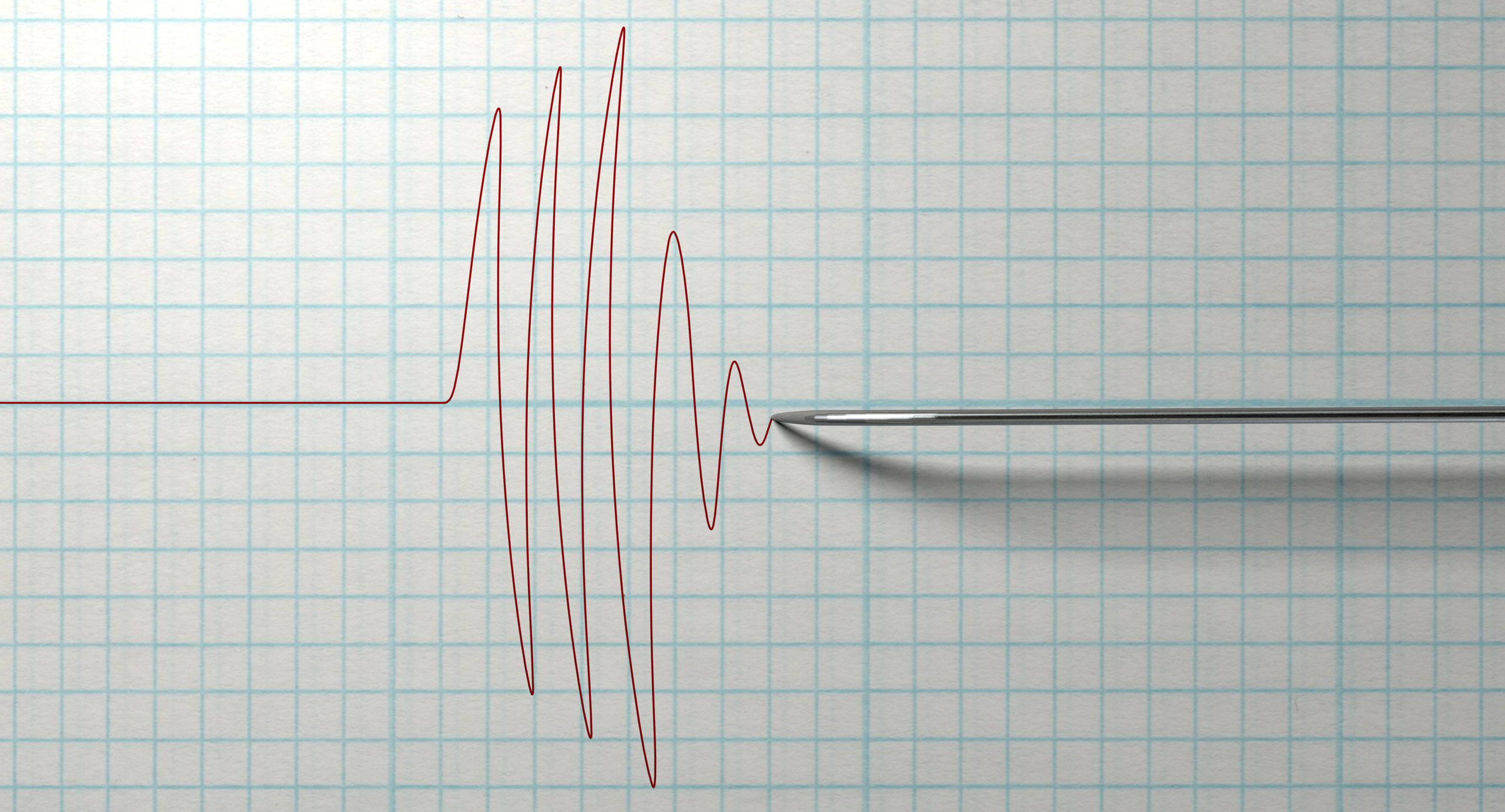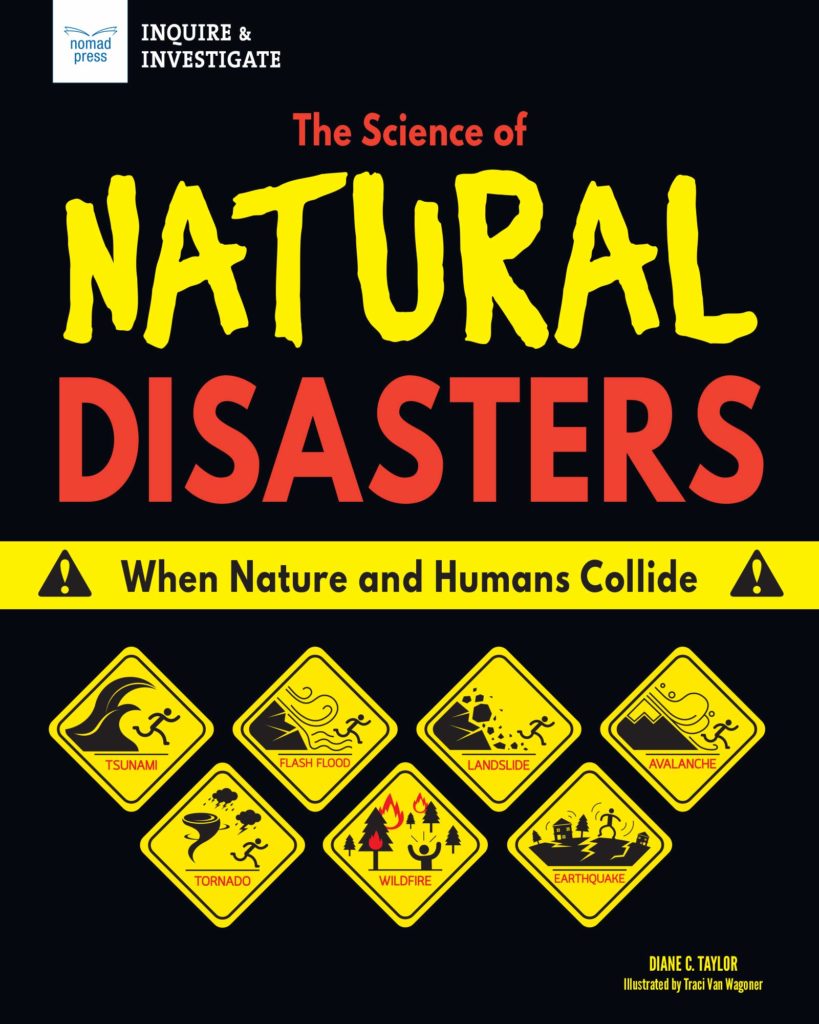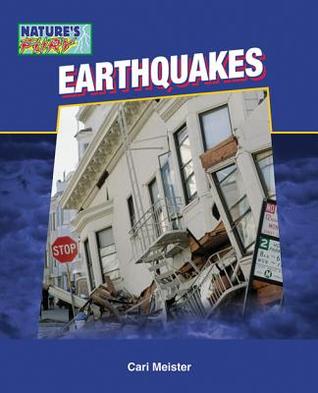
STEAM Connections: Seismographs
Every year there are thousands of earthquakes around the globe. Have you ever wondered how scientists know how strong they are?
This blog post is part of our ongoing STEAM Connections programming. Be sure to check out previous STEAM Connections posts on our blog through the STEAM Connections tag.
An earthquake is a sudden shaking of the ground that is caused by two blocks earth or plates that slip by each other and create an energy. Scientists study these movements to better understand earthquakes so that we can be better prepared when one happens. They use tools like a seismograph to measure and record the details of an earthquake. We can learn a lot about how the earth’s crust moves by measuring its vibrations.

Let’s take a look at the tool scientists use to measure earthquakes and build our own seismograph. This activity focuses on the measurement of earthquakes and the engineering of a machine to detect them.
Download our printable handout here, or scroll down for the supply list and step-by-step instructions to make your own seismograph.
Supplies
• Cardboard Box
• String
• Paper
• Plastic Cup
• Marker
• Tape
• Scissors
• Coins or other small, heavy objects to use as a weight
Instructions
- Cut the flaps off the cardboard box and stand it up on one of its smaller sides
- Poke two holes in the cup near the top
- Tie a piece of string, slightly longer than the length of the box, to each of the holes in the cup
- Poke two holes in the top of the box that are the same distance as the holes in the cup
- Thread the string through the holes in the box and tie them together so that the bottom of the cup is an inch
above the bottom of the box - Poke a hole in the bottom of the cup and push the marker through the hole so that the tip touches the bottom of
the box - Fill the cup with your coins or other small, heavy objects, but make sure the marker stays upright
- Cut two slits on either side of the box and then thread your paper through the holes
- Make sure the marker is in the center of your paper
- Grab a friend
- Shake the box back and forth on the table while your friend pulls the paper
- Pause and then try shaking the box at a different speed
Books to Explore
Use your library card to checkout more books or download eBooks and continue learning and exploring.

The Science of Natural Disasters: When Humans and Nature Collide by Diane C. Taylor
News reports from around the world offer detailed descriptions of wildfires, floods, tsunamis, earthquakes, and more. While these kinds of events might seem horrifically random, scientists can explain quite a lot about why they happen, how they develop, how we can try to prevent them, and how we can predict where and when they’ll happen next. The Science of Natural Disasters: When Nature and Humans Collide examines the science behind earthquakes, volcanoes, hurricanes, tornadoes, floods, and wildfires.

Earthquakes by Cari Meister
The science behind earthquakes, including where and why earthquakes happen and how to stay safe when the ground starts to shake. Includes activity, glossary, and index.

Earthquakes by Sara Gilbert
An elementary exploration of earthquakes, focusing on the geological evidence that helps explain how and where they form and spotlighting famous examples, such as the 2004 Indian Ocean quake.
This blog post is part of our ongoing STEAM Connections programming. Be sure to check out previous STEAM Connections posts on our blog through the STEAM Connections tag.




